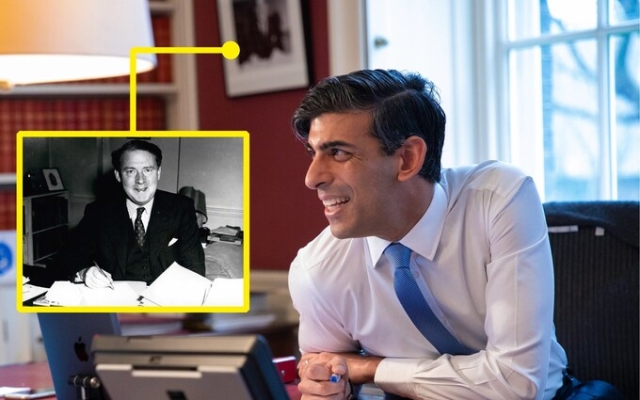 Part of Gaitskell's portrait can be seen in a photograph of Sunak taken in January 2021 speaking on the phone with Janet Yellen, the US Treasury secretary. : SIMON WALKER/Treasury
Part of Gaitskell's portrait can be seen in a photograph of Sunak taken in January 2021 speaking on the phone with Janet Yellen, the US Treasury secretary. : SIMON WALKER/Treasury
While at the Treasury, Rishi Sunak announced his decision to place a portrait of Nigel Lawson, Margaret Thatcher's tax-cutting chancellor, at his desk at 11 Downing Street.
< p >It now turns out that a portrait of another of his predecessors hung on the same wall with much less fanfare: the Labor Chancellor Hugh Gaitskell, a tax collector.
In retrospect, it is not difficult to see how the ambitious former Chancellor could have drawn inspiration from his fellow Winchester College graduate, who went on to lead his party and also head the Treasury.
In fact, the photograph of Gaitskell that he chose for his office in No. 11, was taken the day after the former Chancellor became Labor leader and can be seen beaming into the camera. At the time, Gaitskell's rise to leadership after just 10 years in Parliament was seen as meteoric, not unlike Sunak becoming prime minister in the autumn of 2022 after just seven years in Parliament.
However, during Sunak's tenure as chancellor, the portrait raised eyebrows among some of his colleagues, given that Gaitskell's brief tenure at the Treasury between 1950 and 1951 resulted in a tax budget increase that would send shivers down the spines of today's nervous Tory MPs. /p> 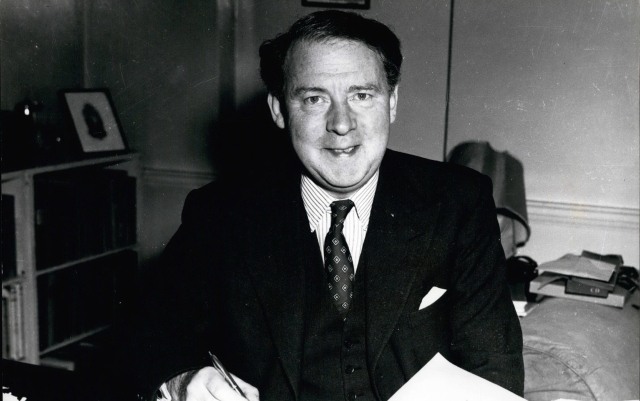 Hugh Gaitskell, who had the same fast career path as Rishi Sunak the day he became Labor Leader Photo: KEYSTONE PRESS/ALAMY STOCK PHOTO
Hugh Gaitskell, who had the same fast career path as Rishi Sunak the day he became Labor Leader Photo: KEYSTONE PRESS/ALAMY STOCK PHOTO
This may be why he appears in very few photographs of Mr. on Sunak in action, made by his Treasury team during his time as Chancellor. When Mr Sunak tweeted a photograph of himself standing next to Lawson's portrait, a separate portrait of his Labor Party predecessor was left out of frame.
However, he can be seen in the background of a photograph posted by Mr Sunak. in June 2021, Nova, the Labrador retriever he had just acquired for his daughters, is shown sitting on his lap.
As chancellor, Mr Sunak announced controversial plans to increase National Insurance to fund the gigantic increase in health and social care spending demanded by Boris Johnson.
Lawson still has the writing on the wall
Kwasi Kwarteng, who was Boris Johnson's business secretary, is understood to have ordered Gaitskell's portrait unceremoniously removed and placed in a storage unit during his brief tenure as No 11 during Liz Truss' premiership last year, which was focused on an economic stimulus plan growth. through tax cuts.
Today Lawson still hangs on the wall at No. 11, behind the desk now occupied by Jeremy Hunt, who was originally appointed by Ms Truss to replace Mr Kwarteng.
Gaitskell, however, is still in the warehouse, perhaps hoping for a Labor victory at the next election, given that Rachel Reeves, Mr Hunt's rival, has compared herself to the 1950s chancellor.
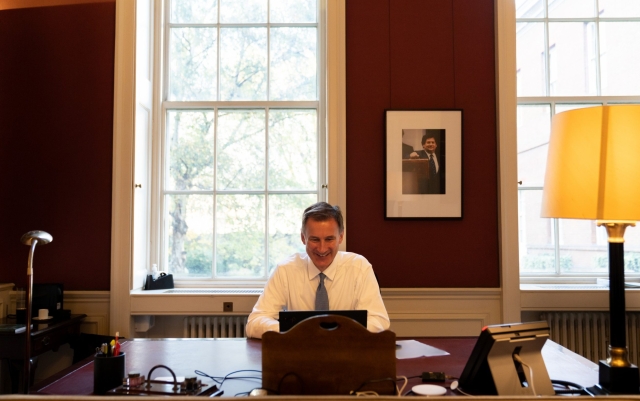 The photograph of Nigel Lawson, famous for his tax cuts as Chancellor, still hangs on Jeremy Hunt's wall in No. 11.
The photograph of Nigel Lawson, famous for his tax cuts as Chancellor, still hangs on Jeremy Hunt's wall in No. 11.
Gaitskell, a former academic and civil servant, was chancellor under Clement Attlee and was Labour's shadow chancellor for several years. four years after the party's defeat in the 1951 elections. He then defeated Aneurin Bevan to become Labor leader in 1955, a post he held until his premature death in 1963 at the age of 56.
The official government art collection asks each new minister what works he has I would like to see it in my offices.
When he became prime minister, Mr Sunak is understood to have asked for a mix of old and modern artwork. British art, including subject matter from his constituency of Richmond, North Yorkshire.
Sunak's eclectic artistic mix
Work in his office at No. 10 includes an 18th-century color engraving entitled «South West Avenue of Richmond» » in County York, as well as the contemporary oil painting Poetic Feet by Tunjo Adeniyi Jones, a British-born artist whose work is inspired by his West African heritage. Mr Sunak also inherited a portrait of Winston Churchill from his predecessors.
In the Prime Minister's reception room hangs a work by Chila Kumari Burma, a British Hindu artist whose parents emigrated to Britain.
It features shows vacationers standing in line next to an ice cream van, on the roof of which is a carved Bengal tiger, a symbol of the artist's father's ice cream business. The image is transposed onto an enlarged £10 note.

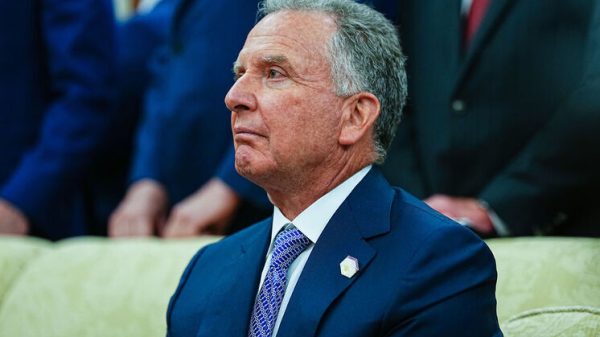
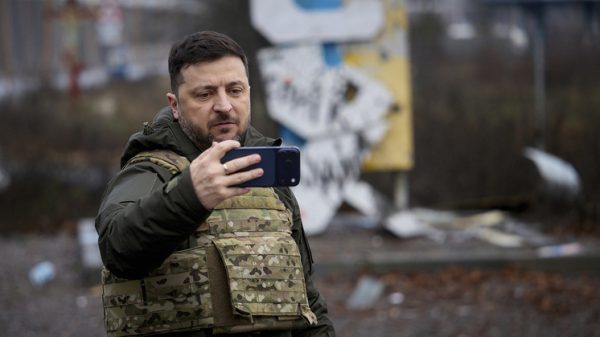
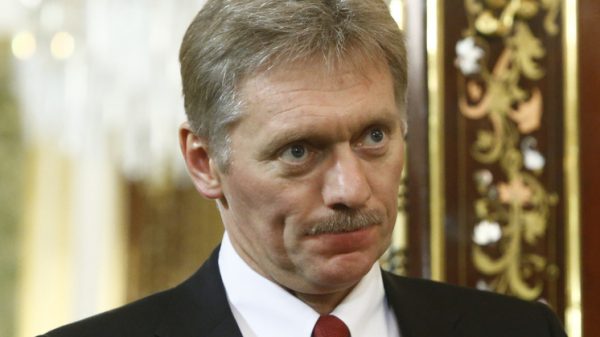
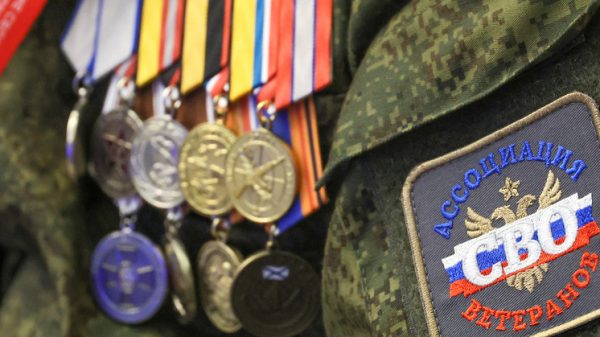
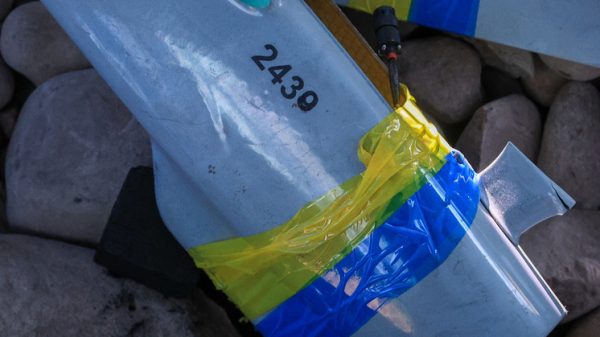


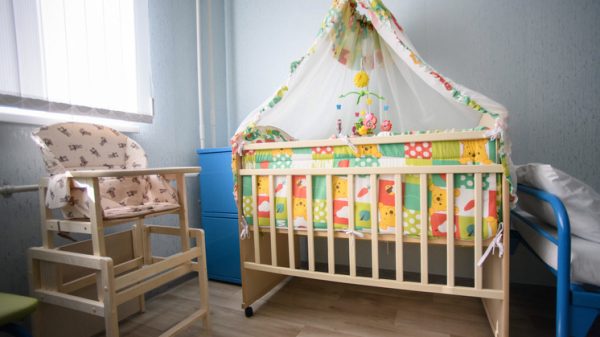
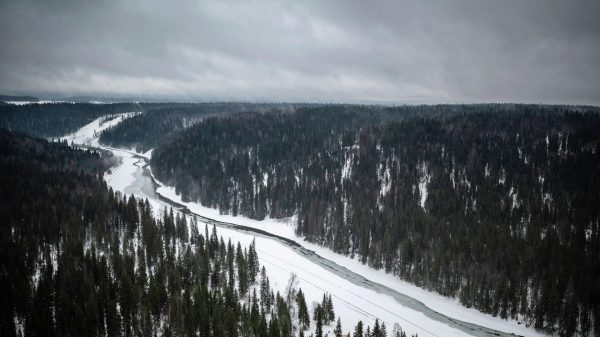


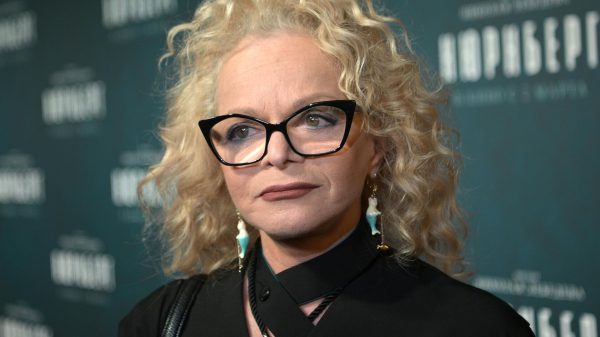
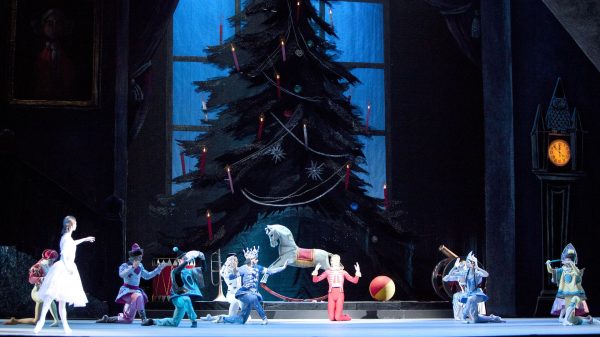
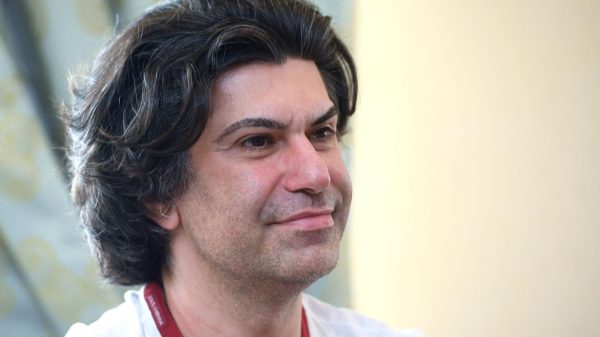
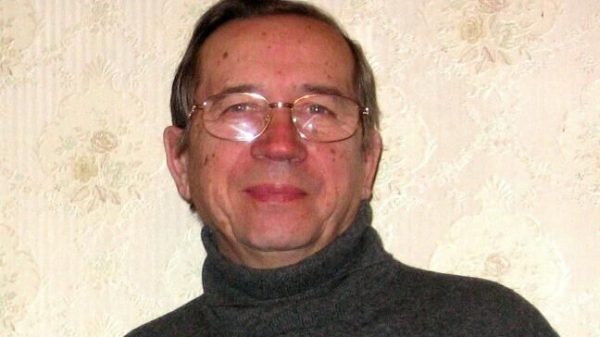


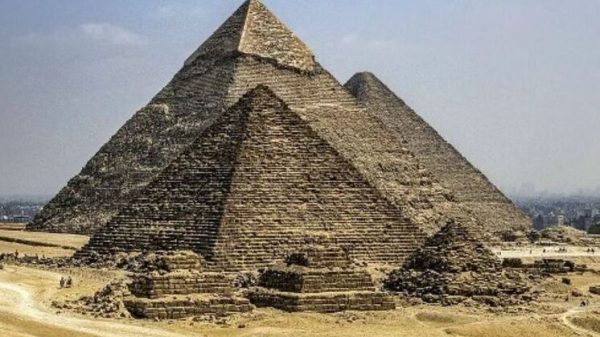



















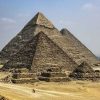












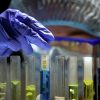


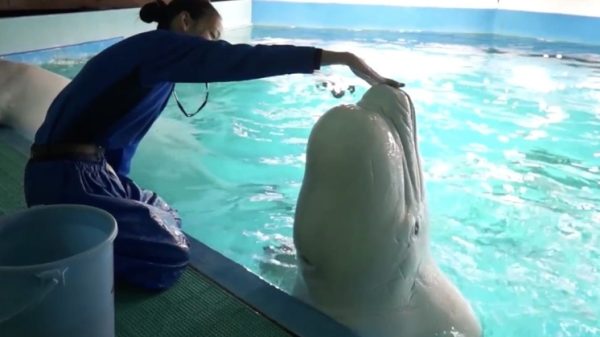
Свежие комментарии